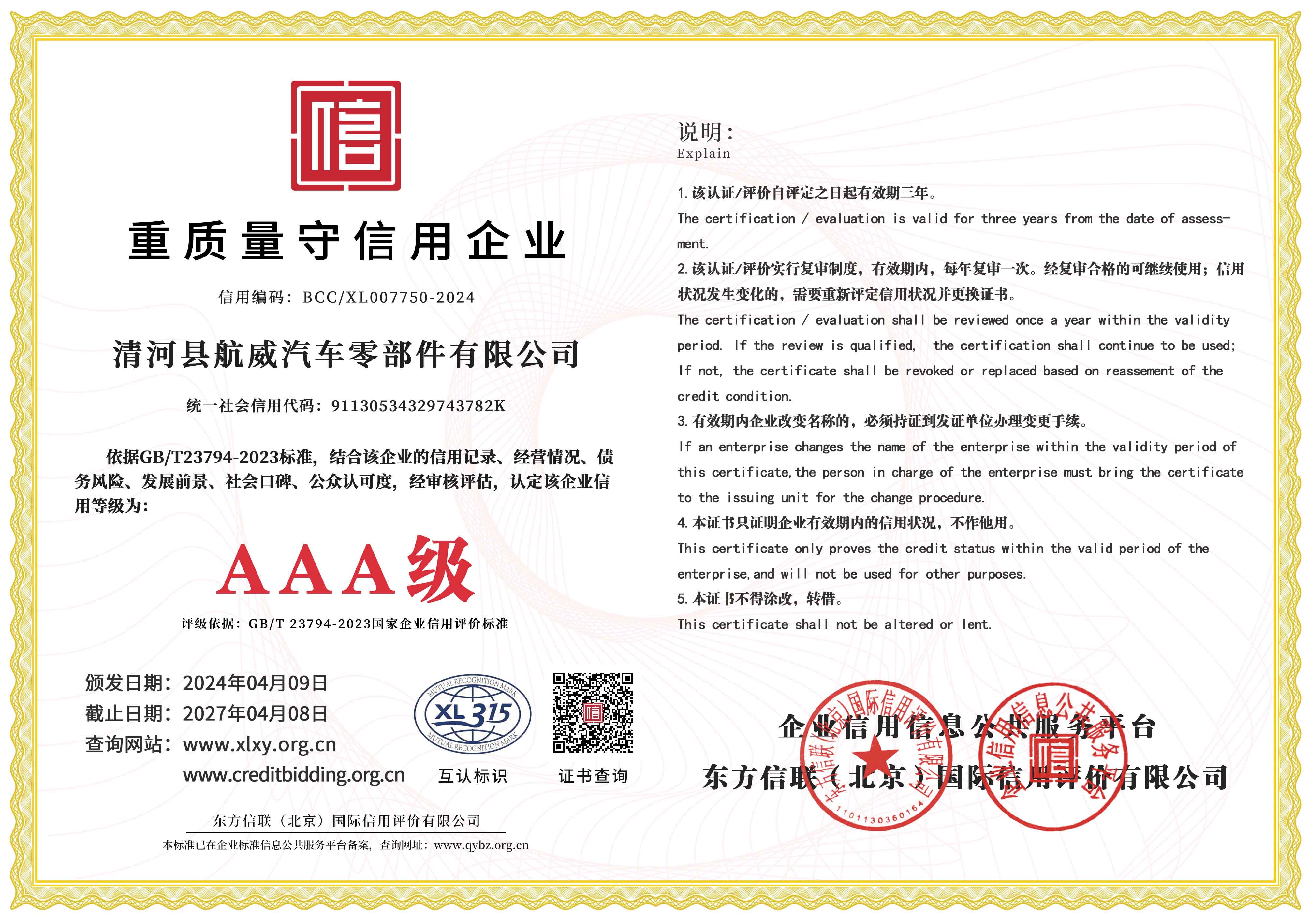Exploring the Advantages of In-Line Clutch Systems for Efficient Performance
Understanding In-Line Clutches A Comprehensive Overview
In the realm of mechanical engineering, the efficiency and functionality of various components are paramount in ensuring optimal performance in machinery. One such component is the in-line clutch, a crucial part often employed in industrial applications, automotive systems, and other machinery that requires precise torque control and disengagement capabilities. This article delves into the concept of in-line clutches, their working principles, applications, advantages, and considerations.
What is an In-Line Clutch?
An in-line clutch is a mechanical device designed to transmit torque while allowing for engagement and disengagement as needed. Unlike traditional clutches that may require complex arrangements or configurations, in-line clutches are typically positioned within the drivetrain, connecting the power source to the driven component in a linear alignment. This straightforward layout enhances both efficiency and compactness, making in-line clutches an attractive option for many applications.
Working Principle
The primary function of an in-line clutch is to control the transfer of torque between two rotating shafts. This is achieved through a series of components that work together to engage or disengage the connection. When activated, the clutch engages, allowing the power generated by the motor to be transmitted to the load smoothly. Conversely, when disengaged, it permits the driven component to decouple from the power source, preventing any undesired torque transmission.
The engagement mechanism of an in-line clutch often involves a spring-loaded system, electromagnet, or hydraulic pressure. The choice of mechanism depends largely on the specific application, desired response time, and torque requirements. In many modern designs, electronic controls are also integrated, allowing for greater precision and programmability in controlling engagements.
Applications
In-line clutches are found in a wide range of applications across different industries
1. Automotive Systems In passenger vehicles, in-line clutches are used in automatic transmissions to manage power flow from the engine to the wheels. They facilitate smooth gear changes and prevent damage during sudden shifts.
2. Industrial Machinery In manufacturing, in-line clutches are critical in conveyor systems, robotic arms, and various assembly line machines where precise torque control is essential for maintaining productivity and safety.
3. Aerospace In-flight control mechanisms often utilize in-line clutches to manage the interaction between different systems, ensuring that critical components operate effectively without interference.
4. Agricultural Equipment Tractors and other farming machinery frequently employ in-line clutches to manage the power connections between engines and implements, allowing operators to engage or disengage attachments as necessary.
in line clutch

Advantages
The deployment of in-line clutches in various applications comes with several notable advantages
1. Compact Design The in-line configuration allows for a streamlined setup, saving space in crowded machinery layouts.
2. Ease of Installation Due to their simplicity, in-line clutches are generally easy to install and integrate into existing systems.
3. Reliability Designed to withstand high stresses, in-line clutches can provide reliable service over extended periods, contributing to reduced maintenance and downtime.
4. Controlled Engagement With the option for electronic or hydraulic controls, these clutches can provide precise engagement sequences, enhancing overall system performance.
Considerations
While in-line clutches offer numerous benefits, there are certain considerations to keep in mind
1. Torque Rating It is essential to select a clutch with an appropriate torque rating for the specific application to prevent failure.
2. Operational Environment Factors such as temperature, moisture, and exposure to contaminants must be considered to ensure the chosen clutch can perform effectively over time.
3. Control System Compatibility If electronic controls are employed, ensuring compatibility with existing systems is crucial for successful implementation.
Conclusion
In-line clutches represent a vital component in the landscape of mechanical systems, providing efficient torque control and reliable disengagement capabilities across diverse applications. Understanding their principles, benefits, and potential considerations can help engineers and designers make informed decisions when incorporating these devices into their machinery. As industries continue to evolve with advancements in technology, the importance of in-line clutches will undoubtedly persist, underpinning the drive for efficiency and performance in modern engineering solutions.
-
Workings of Clutch Pipe and Hose SystemsNewsJun.04,2025
-
The Inner Workings of Hand Brake Cable SystemsNewsJun.04,2025
-
The Secrets of Throttle and Accelerator CablesNewsJun.04,2025
-
The Hidden Lifeline of Your Transmission Gear Shift CablesNewsJun.04,2025
-
Demystifying Gear Cables and Shift LinkagesNewsJun.04,2025
-
Decoding Clutch Line Systems A Comprehensive GuideNewsJun.04,2025
